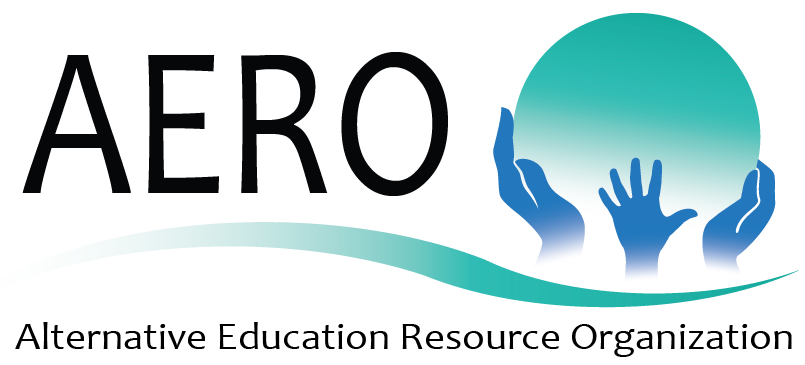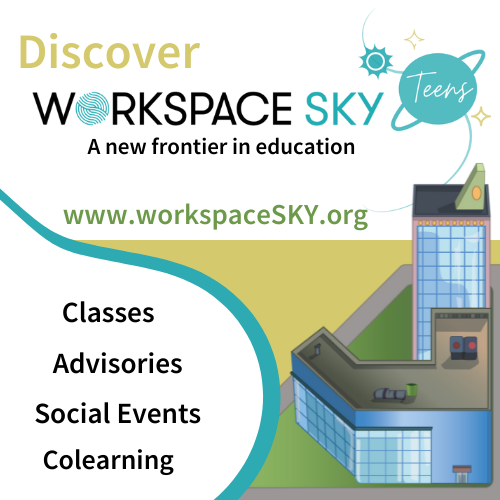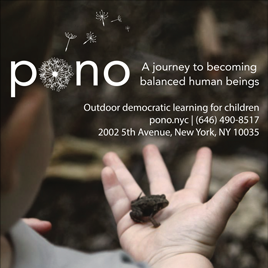The World Café http://www.theworldcafe.com/
-
To Shape Our Futures (together) Through Conversations That Matter to Us
-
Café attendees have multiple opportunities to have quality conversations with other conference participants during each World Café session
Session 1 Thursday August 4th 8 -9:30 PM
Exploring with other AERO conference participants, 1) what our intentions are for the conference, 2) what our role is in assuring that these intentions are realized 3) what passions, concerns, questions and contributions can we engage with one another during the conference, 4) possible actions I/we may take during the conference or afterward to support my/our commitment to quality education.
Session 2 Sunday, August, 7th 1:30-3 PM
Exploring with other AERO conference participants, 1) what have been our experiences, e.g. full self-expression, being heard and known by others, deeper connection to ourselves and the AERO community, new insights, etc., that forward our commitment to quality education, 2) what have I learned from the speakers and my conversations with others, 3) how might I/we translate these experiences and learning into actions, e.g. what new opening for actions have I/we discovered during this time together.
Café process.
1) Set the Context
Pay attention to the reason you are bringing people together, and what you want to achieve. Knowing the purpose and parameters of your meeting enables you to consider and choose the most important elements to realize your goals: e.g. who should be part of the conversation, what themes or questions will be most pertinent, what sorts of harvest will be more useful, etc..
2) Create Hospitable Space
Café hosts around the world emphasize the power and importance of creating a hospitable space—one that feels safe and inviting. When people feel comfortable to be themselves, they do their most creative thinking, speaking, and listening. In particular, consider how your invitation and your physical set-up contribute to creating a welcoming atmosphere.
3) Explore Questions that Matter
Knowledge emerges in response to compelling questions. Find questions that are relevant to the real-life concerns of the group. Powerful questions that “travel well” help attract collective energy, insight, and action as they move throughout a system. Depending on the timeframe available and your objectives, your Café may explore a single question or use a progressively deeper line of inquiry through several conversational rounds.
4) Encourage Everyone’s Contribution
As leaders we are increasingly aware of the importance of participation, but most people don’t only want to participate, they want to actively contribute to making a difference. It is important to encourage everyone in your meeting to contribute their ideas and perspectives, while also allowing anyone who wants to participate by simply listening to do so.
5) Connect Diverse Perspectives
The opportunity to move between tables, meet new people, actively contribute your thinking, and link the essence of your discoveries to ever-widening circles of thought is one of the distinguishing characteristics of the Café. As participants carry key ideas or themes to new tables, they exchange perspectives, greatly enriching the possibility for surprising new insights.
6) Listen together for Patterns and Insights
Listening is a gift we give to one another. The quality of our listening is perhaps the most important factor determining the success of a Café. Through practicing shared listening and paying attention to themes, patterns and insights, we begin to sense a connection to the larger whole. Encourage people to listen for what is not being spoken along with what is being shared.
7) Share Collective Discoveries
Conversations held at one table reflect a pattern of wholeness that connects with the conversations at the other tables. The last phase of the Café, often called the “harvest”, involves making this pattern of wholeness visible to everyone in a large group conversation. Invite a few minutes of silent reflection on the patterns, themes and deeper questions experienced in the small group conversations and call them out to share with the larger group. Make sure you have a way to capture the harvest – working with a graphic recorder is recommended
Anne Adams, PhD

















